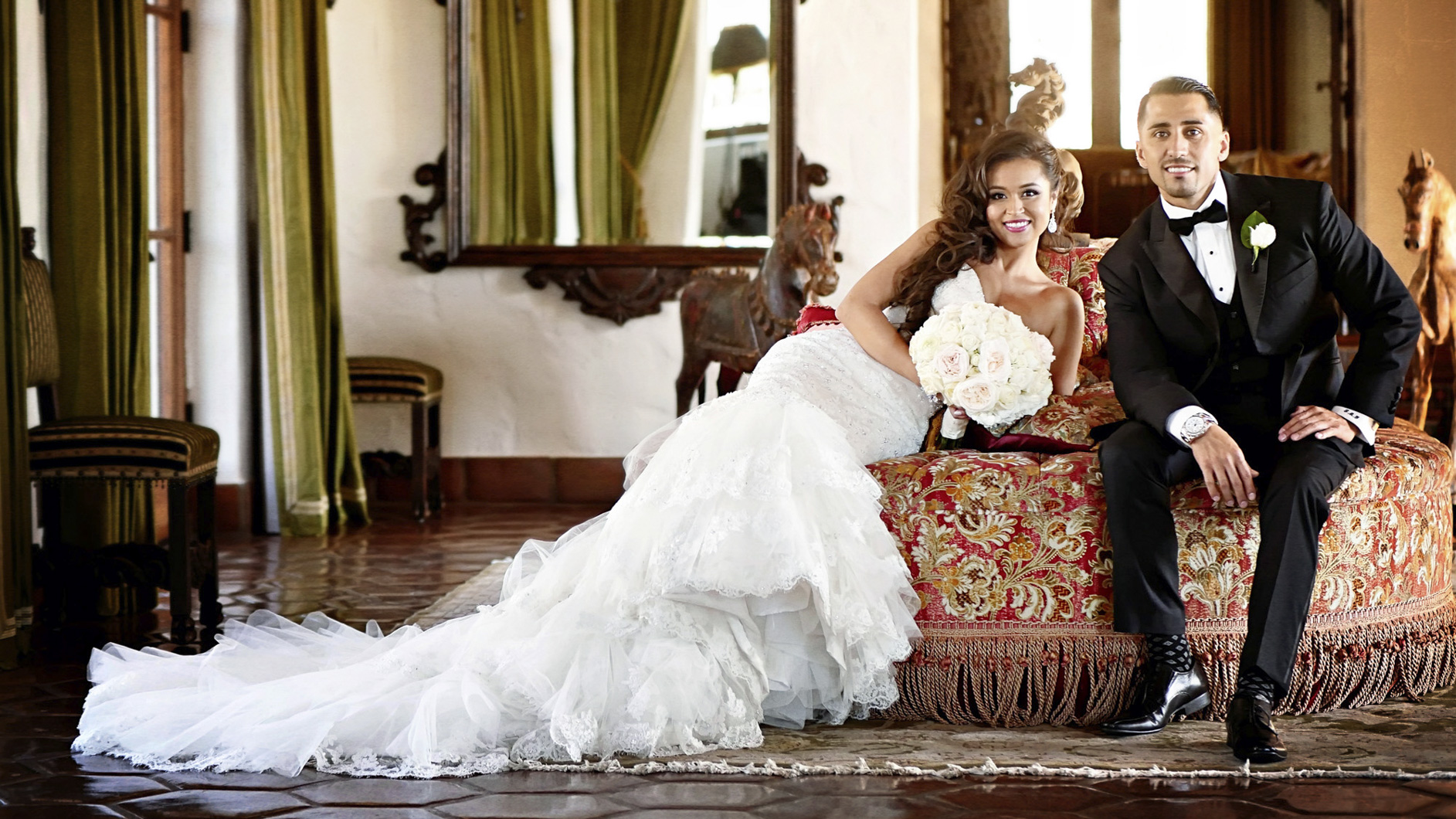Welcome to our series of 100 interviews we will be holding with professional photographers who use mirrorless cameras for work! “Switching to a smaller and lighter system” has become somewhat of a buzz phrase as of late, but many working photographers take this philosophy seriously. From medical reasons such as resolving back and shoulder pain to the simple realisation that bigger does not mean better, photographers are turning to mirrorless systems now more than ever before.
This week’s interview is with William Innes, an American wedding photographer based out of Los Angeles, California. He is both a wizard with light and a master of capturing tender moments. For the past few years, he has been shooting exclusively with Panasonic Lumix cameras, first with the GH3 and then the GH4, and is one of Panasonic’s Lumix Luminaries.
Visit William’s photography website
Follow William on Facebook, Twitter, Google+ and Instagram
All the images contained in this article are property of William Innes and may not be reproduced in any way.
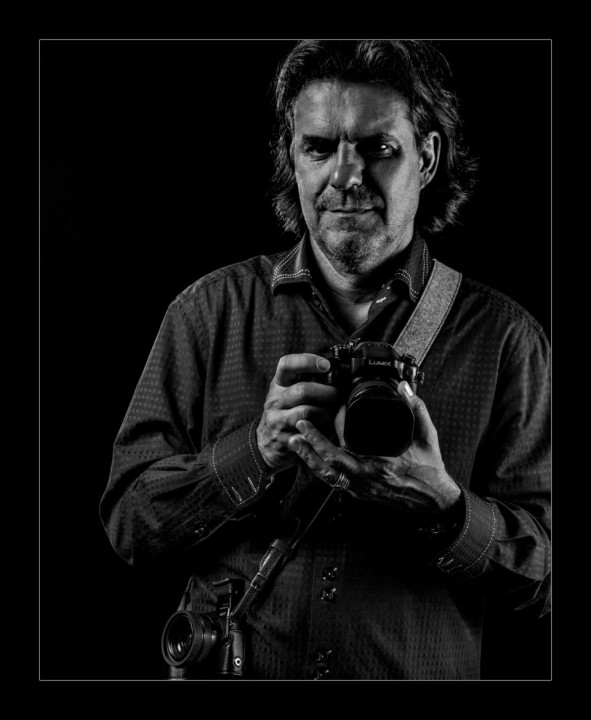
Who is ‘William Innes’ in three simple sentences?
William is somebody that discovered his passion later in life (mid 40s) and after leaving the corporate world behind now enjoys photographing couples on their wedding day. He also enjoys learning new things and staying up on the latest trends and photography gear.
You are primarily a wedding photographer. What drew you to wedding photography in the first place?
It was a fluke. I loved landscape photography and truly thought that someday I would make my living photographing mountains and sunsets. Then my nephew in Canada called and asked me to photograph his wedding. This was around years ago and it changed everything. I was totally drawn to weddings and the artistic images that can be created. It only took me about six months until I was a full-time wedding photographer.
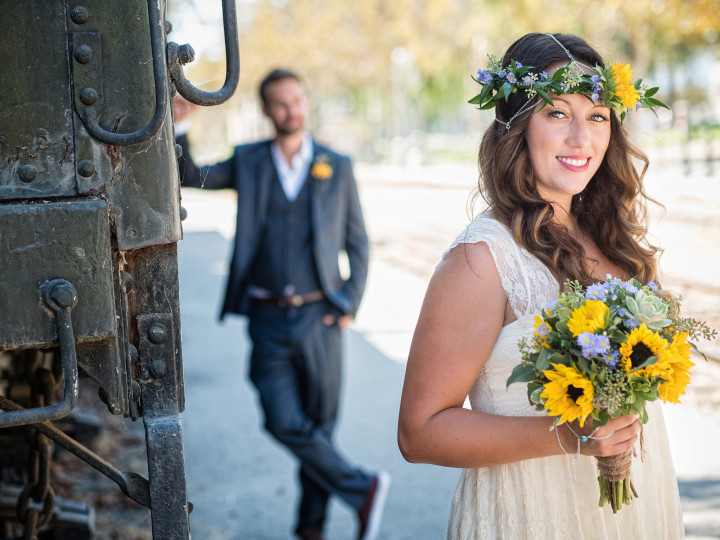
The couples you’ve photographed always look at ease. How do help people to relax for photographs on their wedding day?
It’s all based on relationships. You have to get to know your couples and have a great bond with them. This is accomplished by doing engagement sessions and meeting with them a couple of times before their big day. They have to trust you in order to be relaxed in front of the camera.
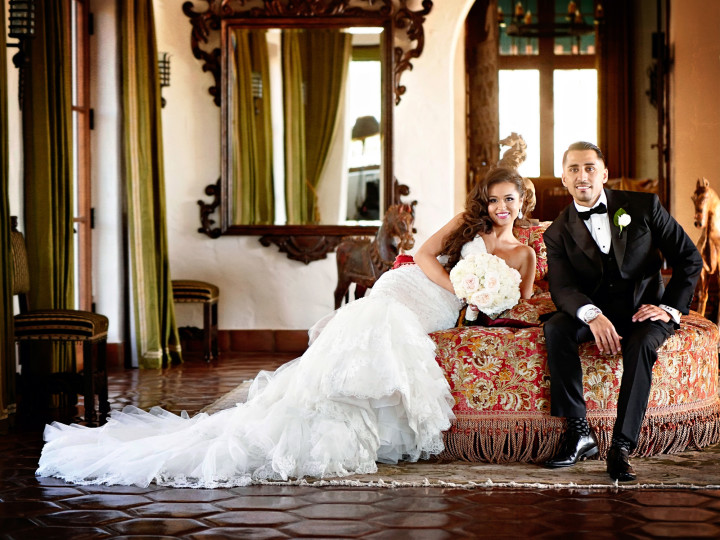
What steps do you go through in preparation for a wedding shoot?
I have a checklist that I go religiously go through the evening before a wedding. I make sure cameras are cleaned, cards are formatted and all batteries are charged. The list has about 20 items on it. I don’t want to forget anything. I even print out maps to ceremony and reception locations. Another thing I do is call the bride. I know she is going to be very excited and I want her to know I am looking forward to her wedding the next day.
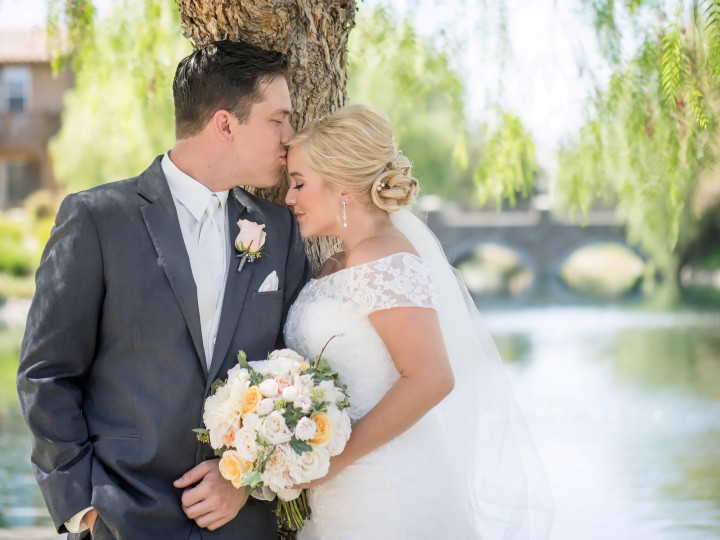
Why did you choose the Panasonic Lumix GH4 as your main camera? Which MFT lenses would you recommend to a budding wedding photographer?
I love the GH4 for a couple of reasons – size and weight, image quality and of course it’s awesome video capabilities.
As for lenses I would start with the 12-35 f2.8 (24-70 DSLR equivalent) and the lumix 35-100 f2.8 (70-200 DSLR equivalent). I could shoot a whole wedding with just these two lenses. After that I would add some prime lenses like the Leica DG Nocticron 42.5mm f/1.2 and the Leica DG Summilux 15mm f/1.7 – both amazing!
If you had to recommend three must-have accessories for your GH4, what would they be?
A good bag to carry your gear is a must. I use a messenger bag from Vanguard USA – its called the Uprise II. Another accessory I love is the battery grip. It makes the camera a little larger and that feels comfortable in my hands. It also gives me an extra battery. Two batteries can pretty well last all day.
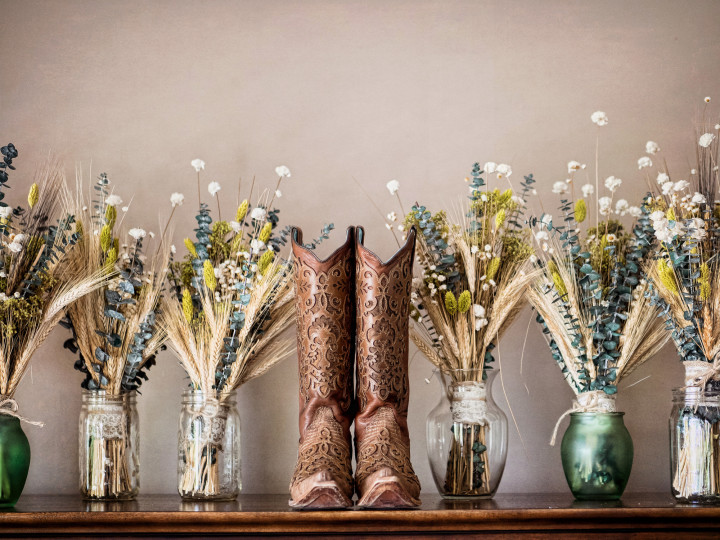
Are there any particular features you find extremely useful for wedding photography on the GH4?
Yes – 12 frames per second (7 frames per second in focus tracking mode). This is an extremely fast camera and this feature alone means I will not miss a special moment. The focusing on this camera is also wicked fast.
Another feature I love is the 4K video capabalities. You can shoot video and pull 8 megapixel images straight out of the video.
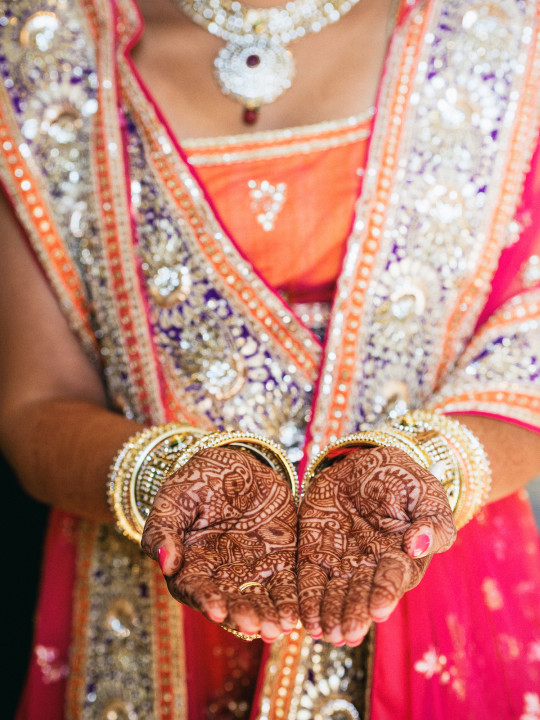
What is the most challenging part of shooting weddings with the GH4? Can you provide a concrete example?
Client perception. Clients are familiar with the two large DSLR camera manufacturers and often assume you will be using one of those to photograph their wedding. I tell clients that I also shoot with the Lumix GH4 and if there are any objections – I just show them image examples. That is usually then end of that particular discussion.
Hybrid photography for weddings has become quite popular in the U.S.A. but has yet to catch on in Europe and Asia. Why do you think this is? Do you think it is becoming more popular?
I am confident we will all be looking back five years from know and wondering what all the fuss was about. 4K is only the beginning – newer mirrorless cameras will emerge over the years and the capability to have large megapixel still images from video will only get easier and more popular. I don’t see cameras having mirrors for much longer. Just like when digital photography first emerged – hybrid will be everywhere in the future. I am not sure why other regions besides the USA are being a little hesitant to adopt hybrid photography.
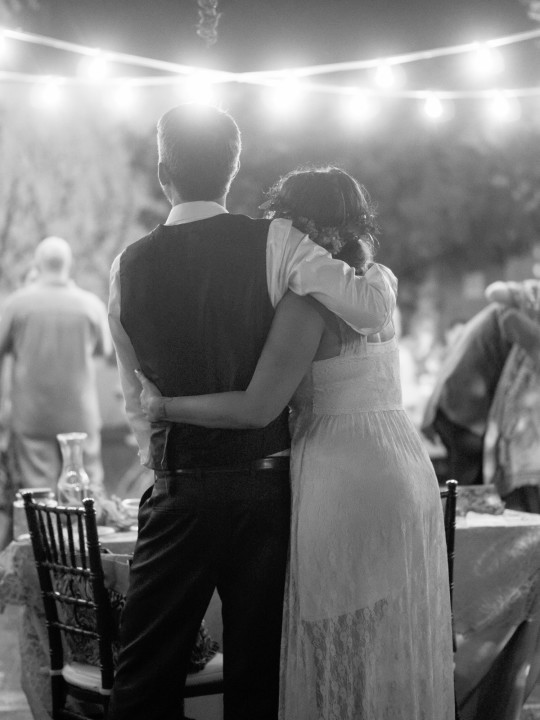
You once mentioned that you often grab stills from the GH4’s 4K footage. Do you think that we will see more and more wedding photographers gravitating toward videography and vice versa, resulting in an eventual merger of the two fields?
I believe its going to make things much easier. You will still need to know your photography skills – like lighting and exposure. A great example if the brides walking down the isle. Now it is easy to set a GH4 up on a tripod and take video of this. I can be somewhere else getting additional shots. In post I will have the ability to use video, stills from video or both.
For which moments during a wedding do you generally choose to use video instead of still photography?
Things like the bridal processional and first dance are two moments that come to mind.
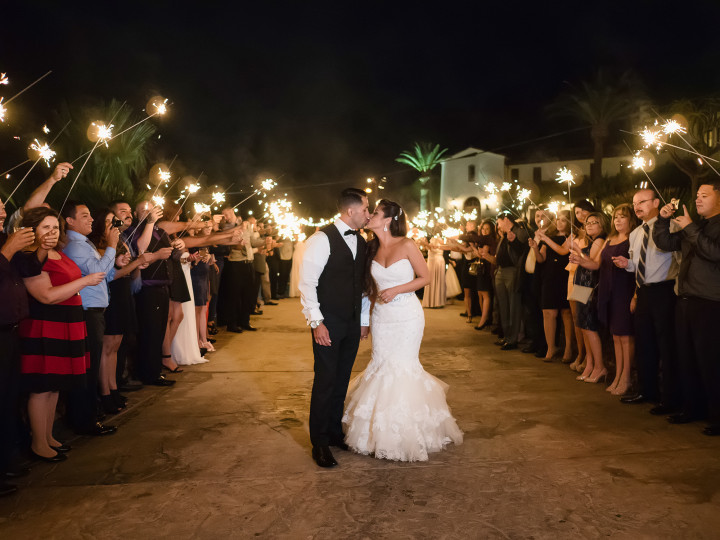
Your images demonstrate a very nice use of light. Do you use artificial lighting or do you tend to rely on natural light?
I use both. It really depends on the situation. I like to keep it simple and start with natural light and use artificial where necessary. For some wedding receptions I will even incorporate off camera flash/strobes fired using a radio trigger.
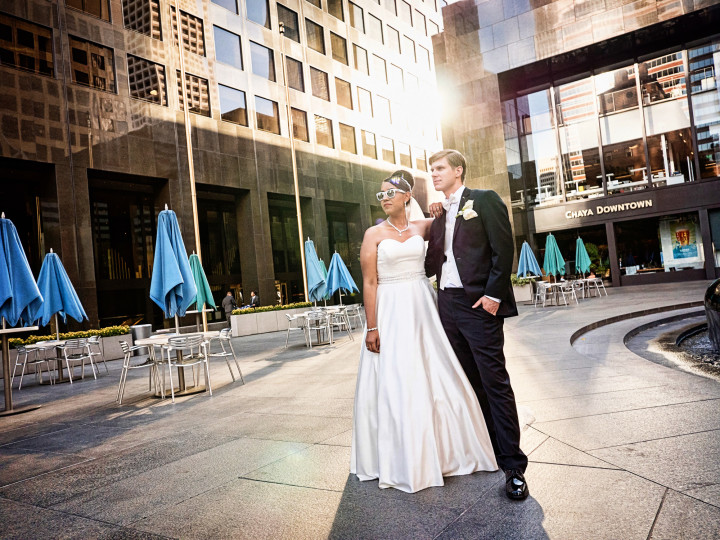
How do you post-process your images? Do you also rely on the GH4’s JPG engine with its built-in effects and filters?
I mainly process raw images in Lightroom. Using second shooters often results in may brands of cameras being shot. I like to try and balance the look of all the images in Lightroom. I use a service called PhtographersEdit to process my images.
As a side note – I will use JPEG images that have been shot using some of the GH4’s built-in creative art filters. Especially the black and white – it is pretty amazing.
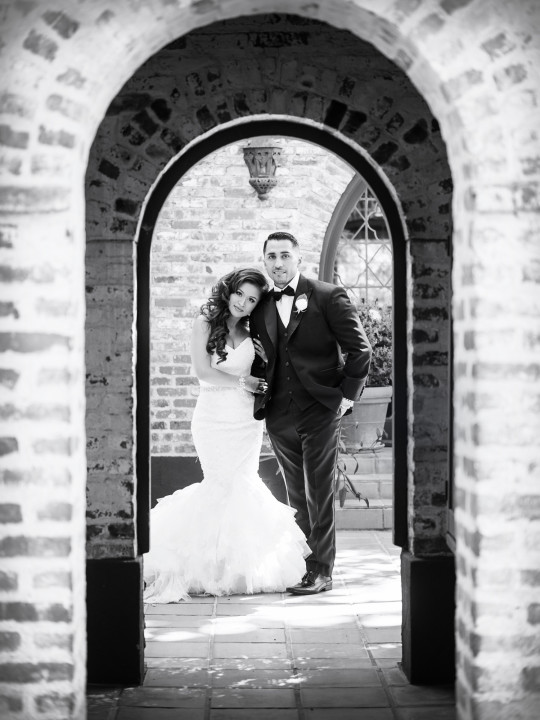
Competition is fierce in the wedding photography industry. Why do you think people choose your style over that of someone else?
I like to think I have a bit of a timeless style. Now I don’t mean old school and boring, but something that is classic and looks great with strong colors. There are many styles and fads around today and some of them look great. I love them, but how will they look in 20 years? I guess we will have to wait and see.
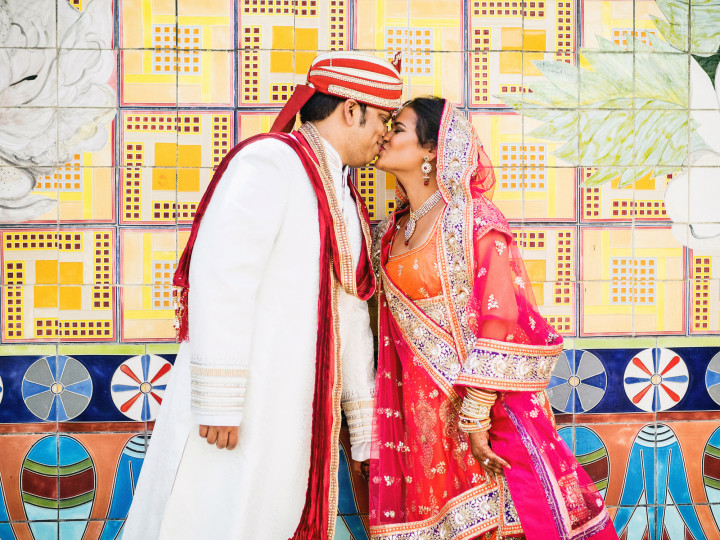
There are many great compact systems out there at the moment. If you hadn’t chosen to go down the Panasonic route, would you have chosen another mirrorless system? Which one and why?
I would have definitely looked for something smaller and more compact. I know there are a lot of great cameras out there today. I am just not familiar enough with them to make a sound judgment on which system I would have chosen.
Do you think mirrorless cameras will eventually replace the DSLR as the professional’s primary work system?
It’s only a matter of time. ☺
